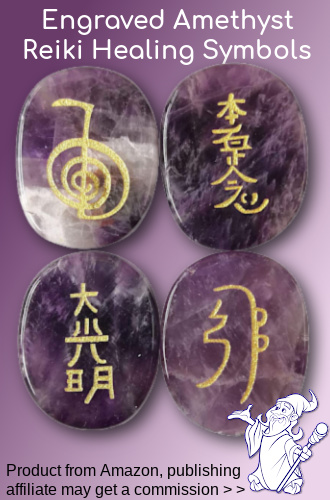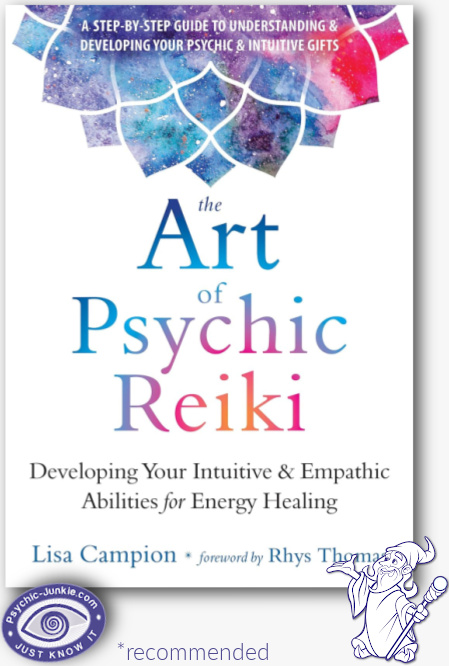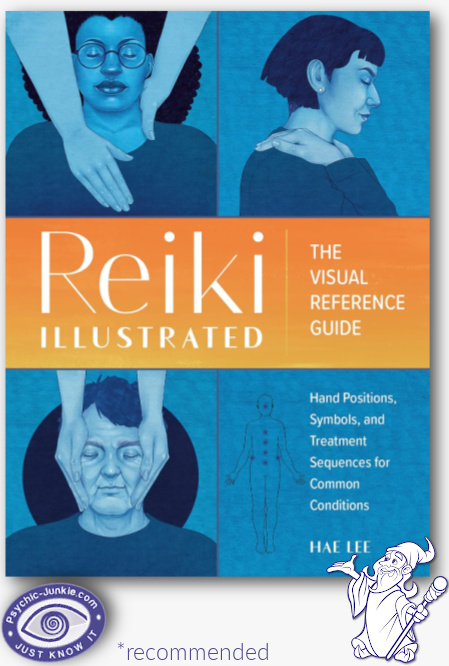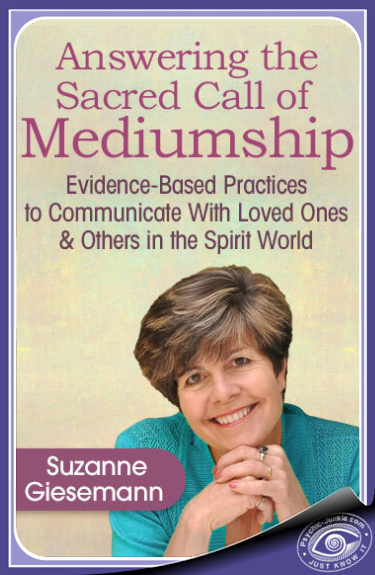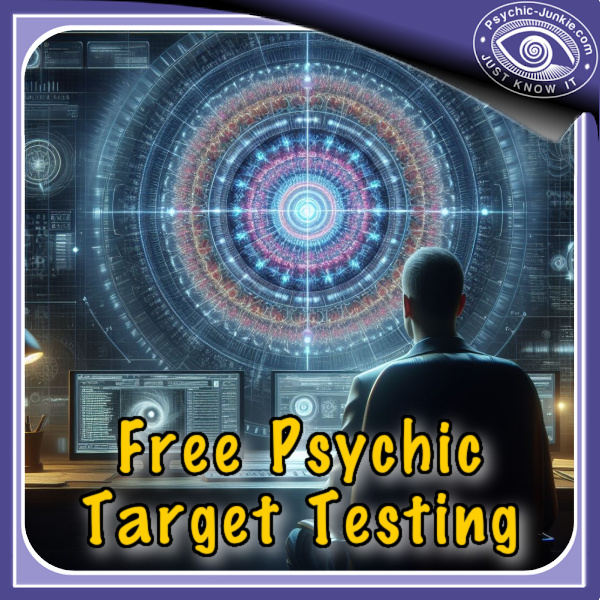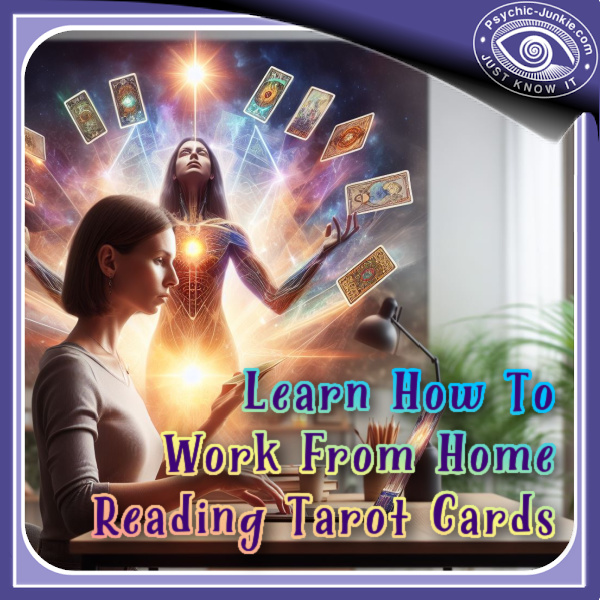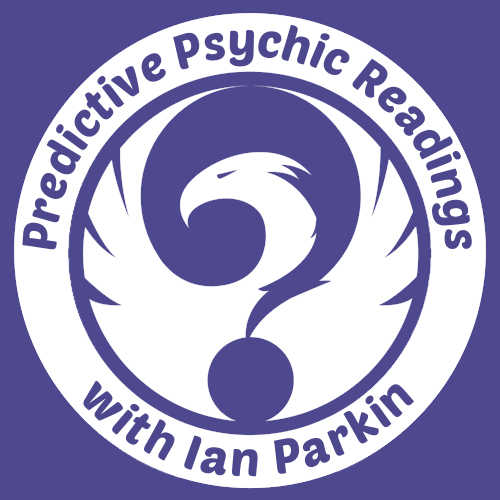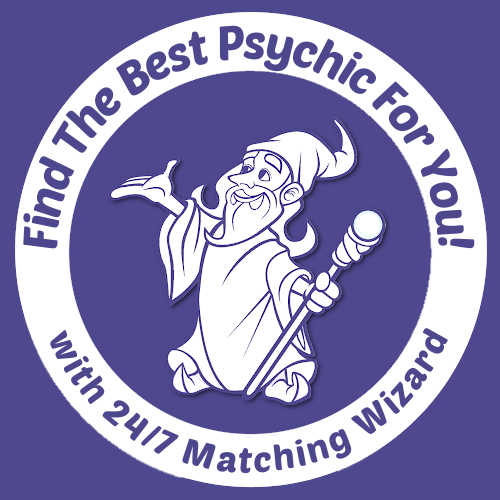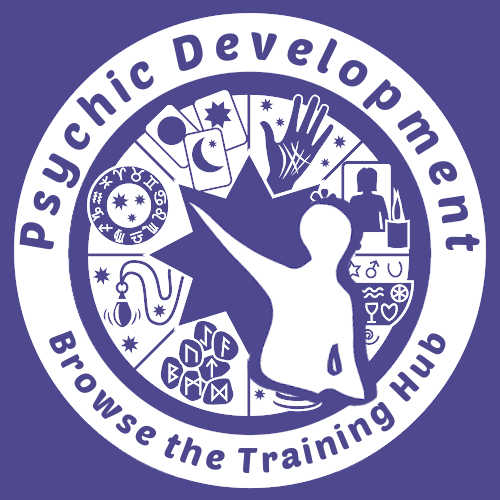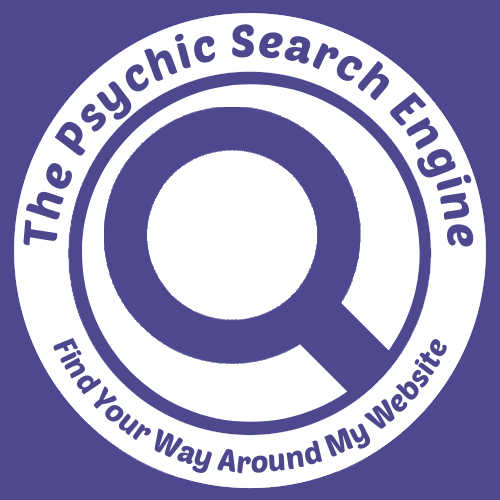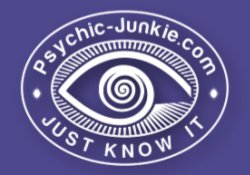- Home
- Psychic Healing
- Reiki Healing
Reiki Healing: The Foundation, Principles, Practices, And Benefits
Reiki healing is a spiritual practice that encourages balance and promotes holistic wellbeing. The life of its founder, Mikao Usui, the principles he established, and the continued global expansion of the Reiki system attest to its profound impact. While scientific research continues to explore its benefits, personal experiences speak loudly to its potential in stress reduction, pain management, and emotional healing
The Life of Mikao Usui and the Global Development of Reiki
Mikao Usui, the founder of Reiki healing, was born on August 15, 1865, in the village of Yago in Japan. Despite many myths surrounding Usui's life, we know that he was a spiritual seeker, studying various disciplines including medicine, psychology, religion, and spiritual development.
The system of Reiki was conceived during a moment of spiritual awakening in the early 20th century. During a 21-day retreat on Mount Kurama, Usui underwent a mystical experience where he was bestowed with the Reiki healing energy. He called this system "Usui Reiki Ryōhō."
Usui began to teach this healing practice and his first students included naval officers and priests. After his death in 1926, his students carried on the legacy, developing different branches of Reiki. One of his students, Chujiro Hayashi, played a vital role in passing on the Reiki lineage to Hawayo Takata, a Hawaiian woman of Japanese descent.
Takata brought Reiki to the Western world, teaching the practice throughout the United States and Canada from the late 1930s until her death in 1980. Since then, Reiki has proliferated globally, evolving into various schools and interpretations, yet always keeping the core principles established by Usui.
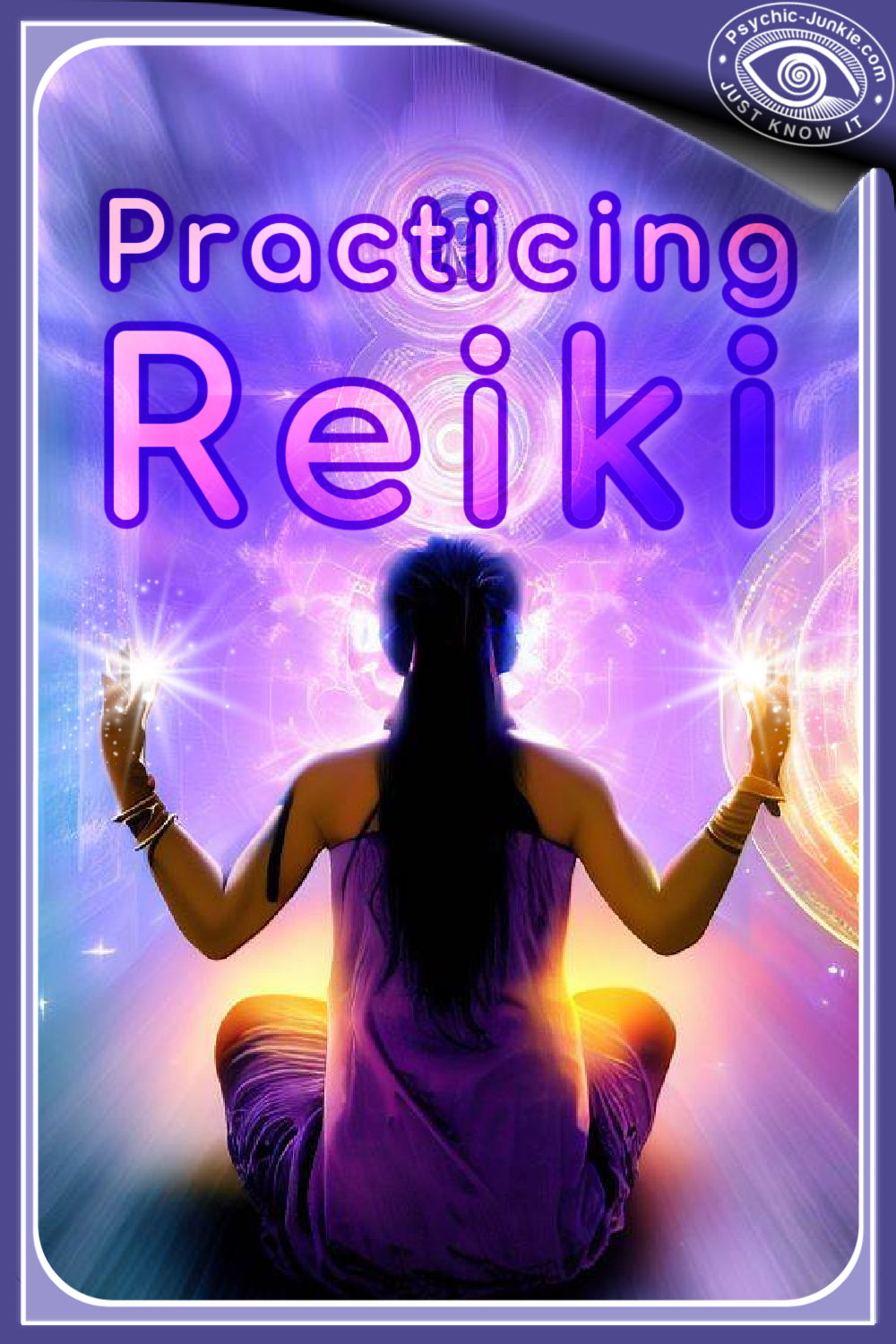
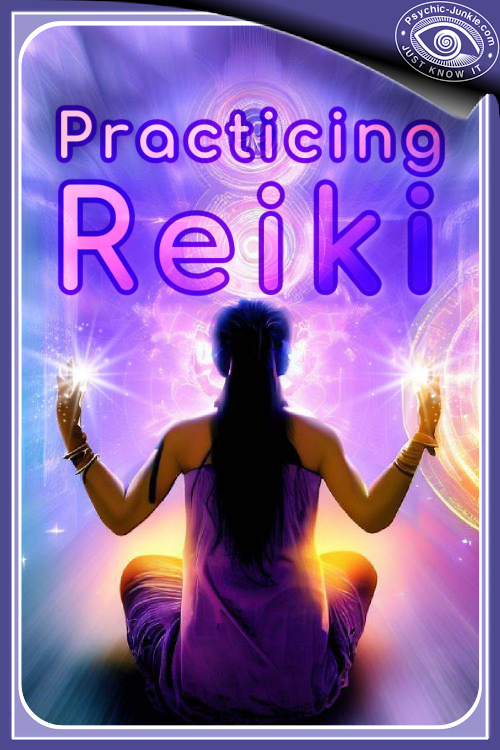
The Five Principles of Reiki
The five principles, or Gokai, of Reiki are fundamental to its practice. They are:
- Just for today, I will not be angry.
- Just for today, I will not worry.
- Just for today, I will be grateful.
- Just for today, I will do my work honestly.
- Just for today, I will be kind to every living thing.
These principles serve as a moral compass, guiding practitioners to live in the present moment, cultivate positivity, and promote ethical conduct.
Reiki Healing: Hand Placement and Symbols
Reiki healing primarily involves the practitioner placing their hands over the client in various positions, facilitating the flow of energy that can balance and heal the body, mind, and spirit.
Reiki also uses symbols in its second and third degrees. These symbols are considered sacred and are used to enhance the healing energy. Some commonly used symbols include the power symbol (Cho Ku Rei), the mental/emotional symbol (Sei He Ki), the distance symbol (Hon Sha Ze Sho Nen), and the master symbol (Dai Ko Myo).
The Symbols Of Reiki Healing
4 Engraved Amethyst Reiki Healing Symbols
Set of 4 Stones are etched with the following traditional Usui Reiki symbols: Cho Ku Ray (Power),Sei Hei Ki(Purification & Harmony), Hon Sha Ze Sho Nen(Connection),& Dai Ko Myo (Empowerment & Enlightenment)
Product from Amazon, publishing affiliate may get a commission > >
Known Benefits Of Reiki Healing
Promotes Harmony & Balance: Reiki is often used as a tool to bring balance to both the mind and body, which can enhance the body's natural healing abilities.
Relaxes and Releases Tension from the Body: Many people use Reiki for stress reduction and relaxation. Stress can lead to a weakened immune system and exacerbate existing health conditions. Relaxation can help manage stress and improve overall well-being.
Breaks Down Energy Blocks and Balances the Mind, Body, and Spirit: By helping to remove energy obstructions, Reiki may assist in balancing the body's energy centers, known as chakras.
Cleanses Body of Toxins and Supports Immune System: Reiki healing is sometimes used to strengthen and heal the internal organs and functions of the body, including the immune system.
Helps Spiritual Growth and Emotional Healing: Reiki can also promote emotional and spiritual healing, helping individuals to better manage emotional stress from experiences such as grief, trauma, and depression.
Enhances Focus and Clarity: Some Reiki practitioners report improved mental clarity and a greater ability to focus after their sessions.
Improves Sleep: Many people find that Reiki helps them sleep better. Improved sleep can have wide-ranging health benefits.
Accelerates the Body's Self-Healing Ability: Reiki can sometimes be used in conjunction with conventional medicine to help the body recover after surgery or manage the side effects of treatments like chemotherapy.
Helps to Alleviate Mood Swings, Fear, Frustration and Even Anger: Reiki may help individuals better manage and release negative emotions.
Relieves Pain and Reduces Symptoms of Certain Health Conditions: Some people use Reiki to help manage symptoms of conditions such as fibromyalgia, arthritis, and other chronic pain conditions.
Aids in Meditative Practices and Promotes Personal Awareness: Reiki can complement meditative practices and can assist in personal growth and awareness.
Science On Reiki Healing
Several studies have illuminated the benefits of Reiki for physical and mental health. A study published in 2014 to calculate the effect of Reiki therapy for pain and anxiety in randomized clinical trials concludes that Reiki healing could reduce pain and anxiety in patients. Additionally, a 2017 review in the Journal of Evidence-Based Complementary & Alternative Medicine suggested that Reiki might be an effective adjunct to traditional pain management methods.
Moreover, a 2010 study published in the Journal of Alternative and Complementary Medicine found that Reiki could potentially improve heart rate variability, suggesting its role in promoting relaxation and stress reduction. Similarly, research published in 2016 in Asian Journal of Psychiatry suggested that Reiki could help reduce depression and anxiety.
Reiki is also applied in contexts such as cancer care for symptom management and to enhance wellbeing, as indicated in a 2016 review in Cochrane Database of Systematic Reviews.
- Remember, while Reiki healing can offer many benefits, it should not replace any professional medical treatment you're receiving. Always consult with your healthcare provider before starting any new treatment or therapy.
The Art of Psychic Reiki: Developing Your Intuitive and Empathic Abilities for Energy Healing - by Lisa Campion
From master Reiki teacher Lisa Campion comes The Art of Psychic Reiki, a one-of-a-kind, step-by-step guide for learning Reiki techniques for health while cultivating the psychic and intuitive skills crucial to this therapeutic energy work.
Reiki is a gentle yet powerful method from Japan that’s been gaining in popularity over the last century - not only with bodyworkers and massage therapists in the West but also with medical professionals who can attest to its healing power. Born from the author’s decades of experience with Reiki healing and her own methods, The Art of Psychic Reiki provides everything you need to know including the critical psychic development and empathy training that prepares healers to go out and do the work they were meant to do.
If you’re drawn to this art, you might be a highly sensitive person, with high levels of empathy, intuition, and latent psychic abilities (a combination of intuition and inner knowing, plus the ability to connect with higher wisdom). Many new practitioners may experience what’s called a psychic opening as they learn or practice. For this reason, it’s important that every practitioner master the ability to navigate their empathic and psychic sensitivities while engaged in this work - and this book can help.
Whether you’re new to Reiki or you’re a practitioner seeking to deepen your knowledge and enhance your skills, with this guide to reiki healing for beginners you’ll learn heal yourself and others, cultivate and trust your natural intuition, develop your empathic and psychic abilities, work with your spirit guides, and ground and protect yourself as a practitioner of this sacred art.
The Art of Psychic Reiki is a product from Amazon, *publishing affiliate may get a commission > >
Reiki Illustrated: The Visual Reference Guide of Hand Positions, Symbols, and Treatment Sequences for Common Conditions by Hae Lee
Reiki Illustrated by Hae Lee is a fully illustrated reference guide for Reiki practitioners of all levels, offering a practical and accessible resource for enhancing your practice. Whether you are a newly attuned Reiki student or an experienced Reiki Master who certifies and trains others, this book is designed to strengthen your connection to this beautiful healing modality.
Inside, you will find:
- Clear illustrations of 40 hand positions for treating both yourself and others, featuring diverse bodies to ensure inclusivity and applicability.
- Concise overviews of Reiki symbols, including their usage and detailed, stroke-by-stroke drawing instructions to help you master each symbol.
- Step-by-step treatment sequences for 80 common health issues or concerns, ranging from pain and fatigue to grief and low self-esteem.
- Annotated figures for each sequence, with numbered markings indicating precise hand placements for optimal healing.
Reiki Illustrated is an invaluable companion for anyone dedicated to the practice of Reiki, providing a wealth of information to support your journey and deepen your understanding of this powerful healing art.
Reiki Illustrated is a product from Amazon, *publishing affiliate may get a commission > >
Levels Of Training In Reiki Healing
Reiki Level I (Shoden): The first degree focuses on self-healing and learning to channel energy to others through direct touch. Students learn the history, principles, and basic hand placements of Reiki.
Reiki Level II (Okuden): In the second degree, students learn to use the Reiki symbols to enhance energy flow and provide distance healing. They also delve deeper into emotional and mental healing aspects.
Reiki Level III/Master (Shinpiden): The third degree, often split into two parts (IIIa and IIIb), involves learning the master symbol, training in advanced techniques, and learning to attune others to Reiki.
Learning and Practicing Reiki
Those interested in Reiki can seek out certified Reiki Masters who offer courses in various levels of Reiki training. Some practitioners even offer online courses. However, many emphasize the importance of in-person attunements (energy initiations), especially for beginners.
One can start with self-practice and slowly progress to treating others. Regular practice is encouraged, along with adherence to the five Reiki principles. It is important to approach the practice with an open mind and heart, ready to embrace the idea of an interconnected universe where healing energy flows through all living things.
In the silence of our being, a whisper gently calls,
An echo from the universe, beyond the earthly walls.
A path of light and energy, a journey to embark,
With the wisdom of the ages, Reiki leaves its mark.
Just for today, we shall not fret, nor will anger sway,
In gratitude, we'll tread the path, work honestly each day.
Kindness to all life we meet, a mantra to uphold,
The principles of Reiki, in our hearts, we'll enfold.
Hands gently hovering, in spaces high and low,
In this dance of healing, love's pure energy does flow.
Symbols drawn in silence, in air and thought entwined,
Unlock doors of distance, healing bonds they bind.
One begins with self-love, the light inside to see,
The second stage, a further reach, in love's infinity.
The Master level calls us forth, to share the sacred flame,
To attune the hearts that seek this path, in Reiki's hallowed name.
A journey deep within, to the heart's own sacred song,
Where pain subsides, and peace abides, and spirits grow strong.
Blessed by the universe, in Reiki's tender care,
We find our truth, our inner light, a gift beyond compare.
FAQs About The Practice Of Reiki Healing
What is Reiki energy healing?
What is Reiki energy healing?
- Reiki energy healing is a form of alternative therapy that originated in Japan in the late 19th century. It centers on the idea of a universal life force energy, which Reiki practitioners aim to channel to facilitate healing and well-being. This is often done through the hands, with the practitioner lightly placing them over or slightly above the client's body in various positions, with the intent of directing energy to support the body's natural healing processes.
What is Reiki used for?
What is Reiki used for?
- Reiki is used as a holistic healing method that aims to balance the mind, body, and spirit. It is often used to promote relaxation, reduce stress and anxiety, enhance overall wellbeing, and support the body's natural healing processes. Some people use Reiki alongside conventional medical treatments to help manage symptoms and improve recovery time, while others use it as part of a general personal wellness regimen.
What is a Reiki master?
What is a Reiki master?
- A Reiki master is a person who has undergone extensive training in Reiki energy healing and has reached the highest level of proficiency. This includes learning advanced techniques, receiving several attunements (a process to open one's ability to channel Reiki energy), and often learning how to teach and perform attunements for others. Being a Reiki master implies not only a high level of skill and experience but also a commitment to uphold the ethical principles of Reiki.
How can I learn Reiki?
How can I learn Reiki?
- To learn Reiki, you would typically take a course from a certified Reiki master. Reiki training is divided into three levels or degrees. The first degree focuses on self-healing and basic techniques, the second introduces distance healing and specific symbols used to focus energy, and the third degree, also known as Reiki master level, involves learning advanced techniques and how to teach Reiki to others. Courses may include in-person workshops, practice sessions, and possibly online components, depending on the teacher's approach.
What are the symbols of Reiki?
What are the symbols of Reiki?
- In Reiki, symbols are used as a focus tool to help direct healing energy. There are traditionally four main symbols in the Usui Reiki system. The Cho Ku Rei, or Power symbol, is used to increase the power of Reiki and focus it in a specific area. Sei Hei Ki, or the Harmony symbol, is used for emotional and mental healing. Hon Sha Ze Sho Nen, or the Distance symbol, allows for distant healing across space and time. Finally, Dai Ko Myo, the Master symbol, represents enlightenment and is typically only used by Reiki masters.
How do you start a Reiki business?
How do you start a Reiki business?
- Starting a Reiki business involves several steps. First, ensure you have the proper training and certifications to practice Reiki professionally. You may also want to gain experience through volunteering or interning under a Reiki master. Once you have sufficient training and experience, you'll need to create a business plan that outlines your services, pricing, and marketing strategies. Depending on your location, you may need to register your business and obtain necessary licenses and insurance. Finally, setting up a comfortable, quiet, and professional space to practice Reiki is crucial. Marketing your services, both online and within your local community, can help attract clients.
What is the connection with Reiki and psychic ability?
What is the connection with Reiki and psychic ability?
- Reiki and psychic abilities are often associated due to the focus on energy and intuitive awareness in both practices. While Reiki itself is not a psychic practice, during Reiki sessions, practitioners may develop or enhance their intuitive awareness or sensitivity as they tune into the flow of energy. This enhanced intuition can sometimes be perceived as a psychic ability, as practitioners may become more attuned to their clients' emotional and physical needs. However, it's important to note that having psychic abilities is not a prerequisite or an automatic outcome of practicing Reiki. They are distinct phenomena, though potentially interconnected in the broad context of energy and intuitive practices.
Learn To Be A Psychic Medium
An Evidence-Based Path to Communicate With Loved Ones & Others in the Spirit World.
In this FREE hour with Suzanne Giesemann, you will: Gain an understanding of “evidential” mediumship and why it’s so sacred. Discover the 3 keys to mediumship: Belief in the Spirit World, alignment, and a shift in focus from the physical to the Spirit World. Learn how you can begin communicating with your loved ones who have passed. Find mediumship can be a path for your soul’s evolution. Hear about what makes a reading “evidence-based” - and how this form of mediumship raises the bar and meets the true goal of being an authentic and indisputable voice for Spirit. Experience a practice to connect with your guides and ask them for signs. Click here to learn more about this free event > >
Test Your Psychic Ability
The Lifeleap Institute’s Psychic Project is a unique online psychic development tool using real people and events as "psychic targets."
They start by asking you to focus on the "psychic targets" and answer a series of special questions about these targets.
They then reveal to you the actual psychic targets. You get to compare your results with the actual psychic targets. You also get to see the results of other participants.
Even if you think you have no psychic ability, this tool will offer proof that you do.
It's easy to participate and the Psychic Project is free!
Click Here To Test Your Psychic Ability
Develop Your Intuition And Become An Online Tarot Card Reader
You can learn how to become a professional online tarot card reader in 90 days or less with Tatiana Jones' bestselling course.
In this short course, Titania teaches everything you need to know to start an online tarot reading business - with zero experience required!
You do not need to be psychic to read tarot cards online! It is all about being intuitive and “connecting the dots”.
Tarot Reading Entrepreneurship
- Help People Find Meaning
- Work Remotely
- Set Your Own Hours
- Replace Your Full Time Income
- Work Just A Few Hours Per Day
- Home
- Psychic Healing
- Reiki Healing
Ian Parkin is the author of this post.
